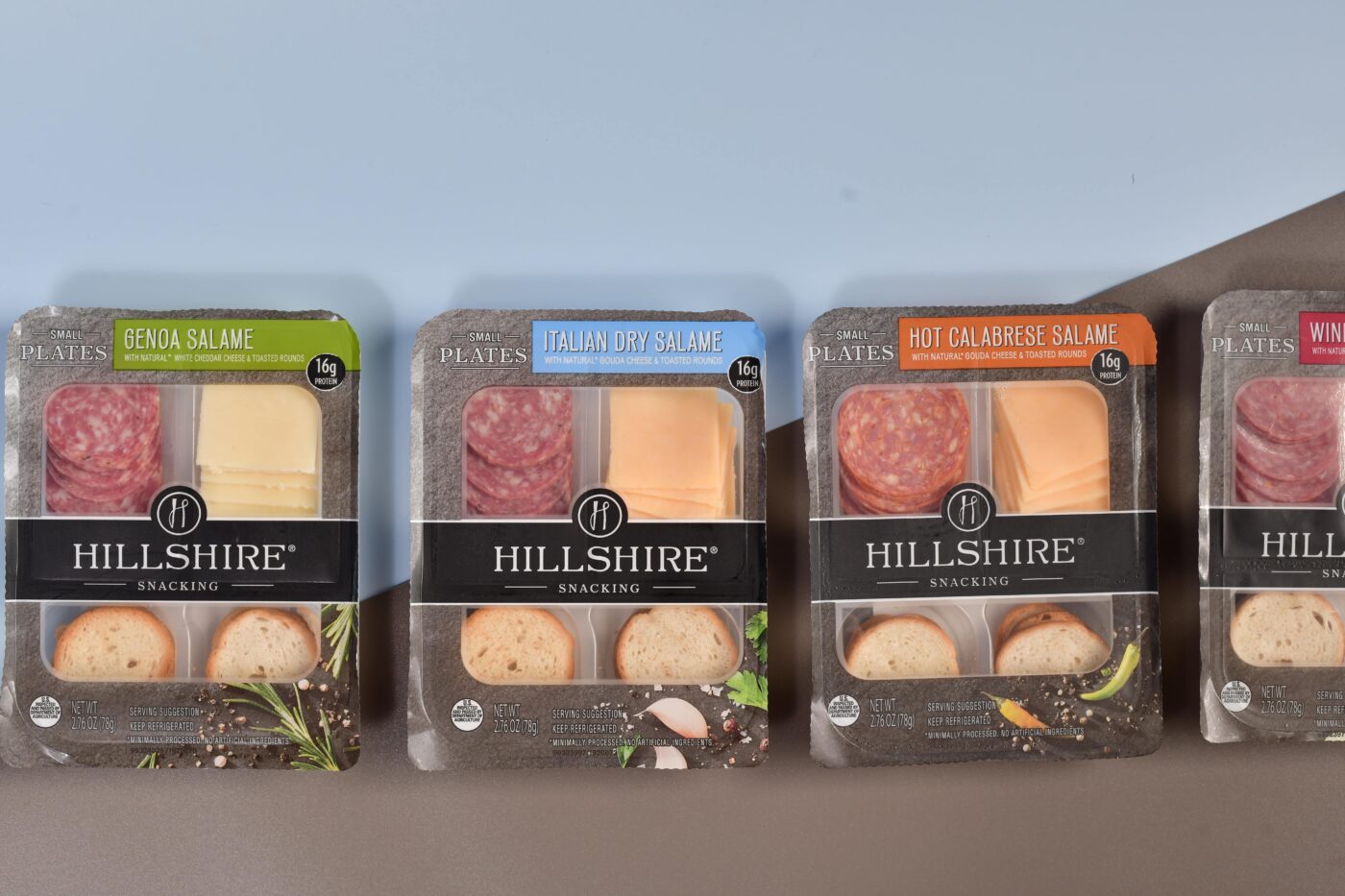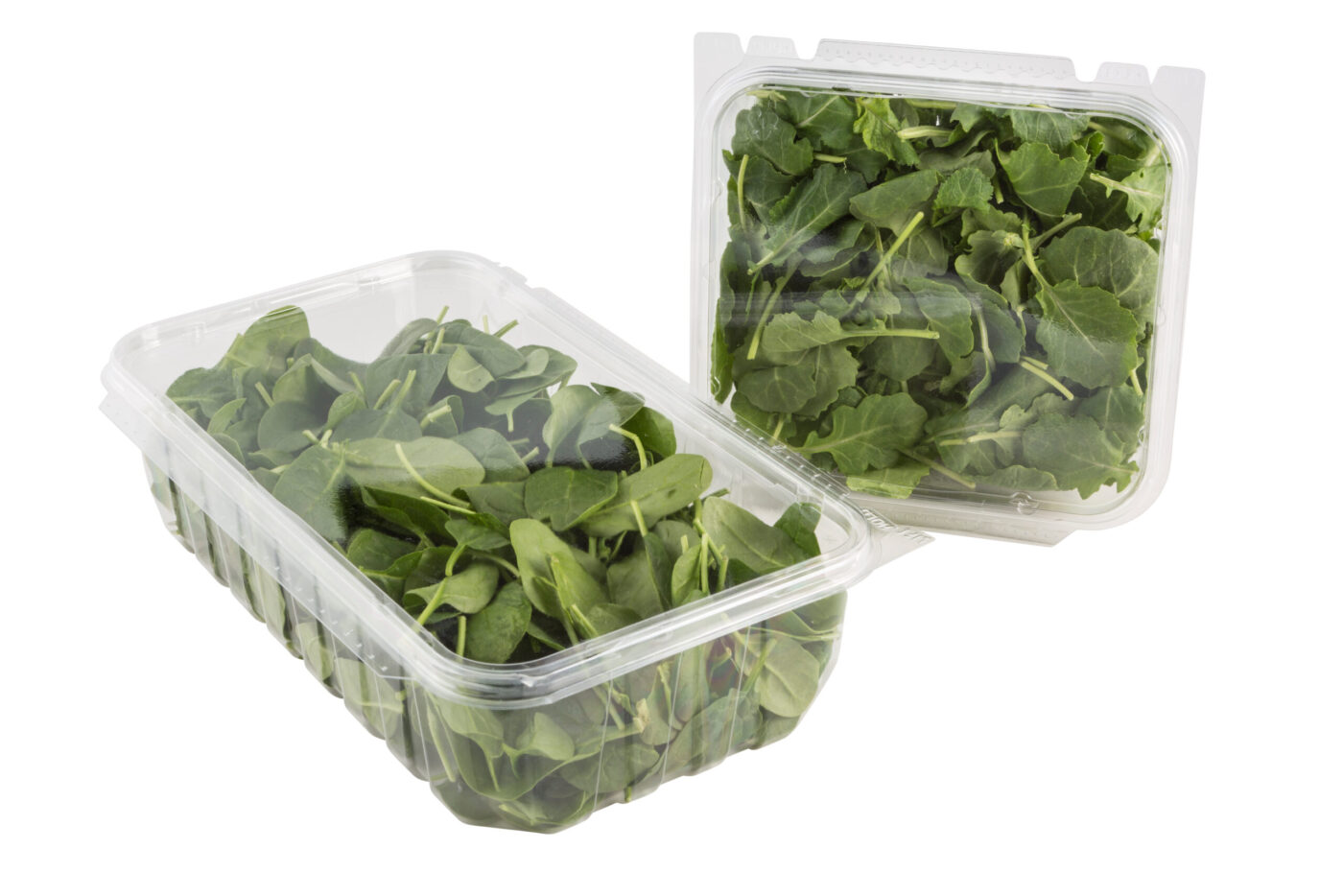
After years of lagging behind more commonly recycled materials like PET bottles,…


According to the United States Department of Agriculture (USDA) approximately 40% of food produced is wasted. The annual amount of this waste is an alarming 36 million tons, worth $162 billion each year. Much of this waste is due to spoilage and occurs within the retail and household sectors.
The consequences of food waste go far beyond the economic impact. When food spoils, it releases methane – a greenhouse gas even more potent than carbon monoxide. Wasted food also means wasted resources – such as the water that was required to grow the food in the first place and the fuel used in transport. It is in everyone’s best interest to minimize food waste – and the type of packaging we choose can play a significant role.
The bulk of consumers may not be aware of the role food packaging plays in the prevention of food waste.
 Plastic packaging contributes to the reduction of food spoilage by offering a physical protective barrier to the food and preventing defects that often occur with other types of packaging. This extends shelf life by reducing the impact of environmental factors (such as oxygen and humidity) which can speed up spoilage. Some packaging options like oxygen-scavenging additives can further increase shelf life by actively removing oxygen from the packaged environment.
Plastic packaging contributes to the reduction of food spoilage by offering a physical protective barrier to the food and preventing defects that often occur with other types of packaging. This extends shelf life by reducing the impact of environmental factors (such as oxygen and humidity) which can speed up spoilage. Some packaging options like oxygen-scavenging additives can further increase shelf life by actively removing oxygen from the packaged environment.
Physical protection of the food is also critical since food now travels much further on average before being consumed. By using rigid plastics to protect delicate contents (e.g. – eggs), we can reduce how much food is spoiled before even reaching the customer. In addition, a good package also provides directions on proper storage and handling to preserve its contents once it is in the hands of the consumer. Intelligent packaging design can also reduce spoilage by guarding against the most common packaging failures (see figure below). The best packaging companies can predict the causes of these failures and take pre-emptive steps to protect the contents with simple design modifications.

All these issues can be addressed with proper engineering. For instance, the right packaging company can analyze where package damage typically occurs and why, and then custom design solutions to address those specific issues. The same can be done for the other concerns referenced above.
Food waste in America is an alarming problem, but it is preventable. Partnering with a packaging company that recognizes these issues can reduce the cost associated with food spoilage and minimize the impact it has on the environment.
For more information about our packaging that preserves freshness and reduces food waste, contact us today.
